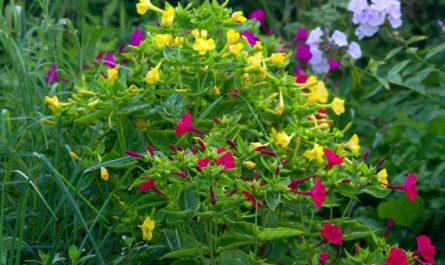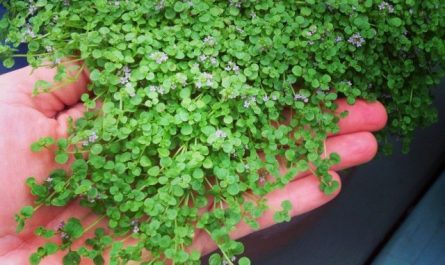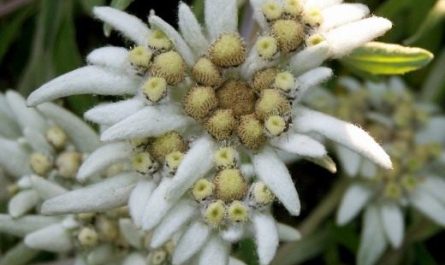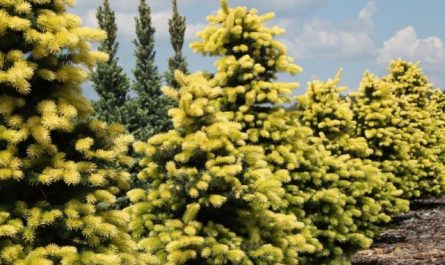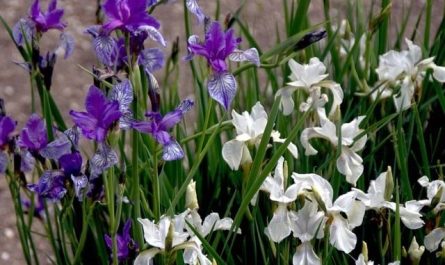One day in late autumn I saw a tall bush with flowers that looked like huge daisies near a house. It seemed unreal, because it was mid-October. But, as it turned out, the autumn chrysanthemum still continues to bloom at this time.

What is this plant?
This flower is sometimes called a large perennial chamomile. Its correct name is late chrysanthemum, or autumn chrysanthemum (Chrysanthemum serotinum). There is another name – late leucanthemella (Leucanthemella serotinum). In nature, late chrysanthemum has settled on the nutritious soils of meadows and river valleys in South-Eastern Europe.
The height of this perennial plant is 130-160 cm. It quickly grows and turns into a strong upright bush that can withstand even strong winds. This quality allows flower growers not to tie the late chrysanthemum to a support, although in an open place it is worthwhile to play it safe and do this. The long stems are very fragile, so the appearance of the bush largely depends on its location on the site. It is better to plant it away from busy paths and playgrounds so that no one accidentally touches the plant.
The contrast and expressiveness of the inflorescence coloring (white petals and yellow “centers”) are emphasized by the calm green background of numerous leaves. The variety is especially decorative Autumn Star, characterized by an abundance of large inflorescences. Chrysanthemum late almost all flowers are on the same level, so the bush looks like a huge bouquet, very decorating the garden. It blooms from the second half of August until severe frosts. If the weather permits, then flowering lasts a long time and ends only by the end of October. Often, the late chrysanthemum is the last decoration of the site at the end of the summer season.

Some agricultural technology for late chrysanthemum
It is best to choose a sunny or slightly shaded place for the late chrysanthemum. Any soil containing loam and humus will do, since good nutrition is necessary for the growth of this giant. It is also worth providing drainage in those places where water stagnates for a long time: prolonged excess moisture can lead to deterioration and subsequent death of the chrysanthemum.
Needs regular watering, as slightly damp soil is the most suitable for this flower. Without water, the plant loses turgor: the tops of the stems droop, the leaves hang down. Prolonged drought leads to growth retardation, deterioration of flowering and subsequent death of shoots.
In late autumn, the stems are cut almost to the base. You can leave only low stumps as a guide. For the winter, the chrysanthemum is mulched with compost, which helps to avoid troubles during the frost period.
It happens that a fairly “prosperous” bush ends up in a very deplorable state by the end of spring. There may be several reasons, because winter is a difficult test for most perennials, even frost-resistant ones. At this time, not only freezing but also damping off is dangerous. And rodents are not asleep. In addition, an overgrown old bush is prone to degeneration.
It also happens that the plant is oppressed and experiences constant discomfort from the too close proximity of such serious competitors as trees and shrubs. But usually there are no problems when growing late chrysanthemum. It is worth warning that at the beginning of spring, young shoots are in no hurry to appear from the ground. Sometimes the gardener needs patience to calmly wait for their appearance, and not dig up the ground and see if the plant is alive.

Very often, late chrysanthemum is grown from planting material taken from neighbors or friends, since the easiest and fastest way to propagate it is by dividing the bushes in the spring.
This is a plant that blooms “at the end of the season”. You can choose a worthy environment for it from late annual and perennial asters, Korean chrysanthemums and other flowers. Plantings against the background of decorative trees and shrubs look good, but the most advantageous location is a separate bush growing on the lawn or away from other plants. Another advantage of these chrysanthemums is their suitability for cutting, because the “chamomiles” look great in a vase and do not fade for a very long time.
